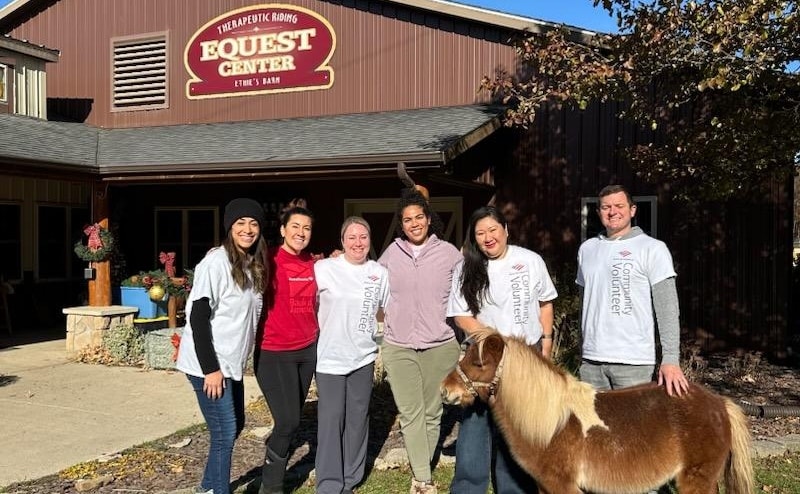Bridging the Digital Divide: A Call for Balanced Broadband Regulation
Reliable internet access is more than a utility – it’s one of the linchpins of modern society. In Our Published Together column, Kent County Commissioner Stephen Wooden explains that landmark legislation has the potential to close the digital divide.

Reliable internet access is more than a utility – it’s one of the linchpins of modern society. We’ve seen the ways that access to quality broadband can transform people’s lives. It improves health care outcomes with access to telehealth. It allowed students to stay current with their classes during a pandemic. It has provided millions with economic opportunities.

Kent County Commissioner Stephen Wooden
While many Michiganders enjoy access to high-speed internet, rural and even some urban communities in our state are still waiting. Thanks to our elected representatives and the Biden administration’s support, Congress passed the Infrastructure Investment and Jobs Act (IIJA). This landmark legislation has the potential to close the digital divide – as long as poorly thought-out regulations don’t get in the way.
Here in Kent County, we see both sides of the digital divide: low-income families in Grand Rapids who need help securing affordable Internet access and rural residents living in communities that are waiting for broadband expansion.
The IIJA allocated $65 billion to combat digital disparity, expanding both broadband access and affordability. The broadband initiatives included in the legislation aim to ensure equitable internet access, especially for underserved communities.
Yet, while Congress came together across partisan lines to pass the infrastructure bill, their good work is now under threat. The Federal Communications Commission, the National Telecommunications and Information Administration, and the Department of Commerce are pushing a slate of poorly thought-out regulations that could inhibit innovation and deter seasoned broadband providers from taking on these new projects, undermining the essence of the IIJA’s objectives.
A key example is how they approach affordability, setting an arbitrary cap instead of a future-proof formula to ensure long-term affordability. The current draft regulation sets a $25 per month cap for low-income households. While that makes perfect sense now, that cap remains the same for 20 years. This inability to account for long-term inflation means providers may not take advantage of these funds, leaving them unused while households need quality, high-speed internet.

Kent County Commissioner Stephen Wooden (right) chats with Raul Alvarez.
Instead, federal regulators can learn from successful programs that support lower-income households. Federal housing initiatives like the Low Income Housing Tax Credit, the HOME investment partnership or Section 8 rent assistance set caps based on a percentage of a person’s income or a formula that determines how much a person of a certain income bracket could afford for a monthly payment that year.
While this requires additional forethought for federal regulators, methods like these have been widely successful in enticing private sector participation – something required so these funds can successfully connect communities across this state and country.
We must adopt regulations that balance innovation and inclusion. Better solutions exist than a one-size-fits-all regulatory framework. We need nuanced approaches that consider different communities’ unique challenges and opportunities.
By fostering a regulatory environment that encourages public-private partnerships and maintains open dialogue, we can ensure that broadband access becomes a fundamental right accessible to all, not a luxury afforded to a few.
Kent County Commissioner Stephen Wooden is serving his third term on the Kent County Commission. He serves on the commission’s Finance and Physical Resources Committee and has served on the commission’s Broadband Subcommittee. These opinions are his own and not an official stance of the entire Kent County Board of Commissioners.
“Published Together” by Rapid Growth is our dynamic interpretation of Op-eds, fueled by community dialogues led by our visionary Publisher, Tommy Allen. Born amid the pandemic, this series has magnified authentic voices from our community, spanning diverse and burgeoning subjects. A potent conduit, it empowers local perspectives to ascend within our solutions-driven journalistic platform, aiming to ignite inspiration among our readers.









